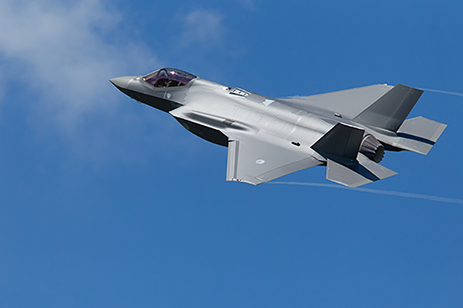
Engineers, system architects, program managers, and acquisition personnel typically debate whether to design their own subsystem and build it themselves, have it built by a contractor, or locate and buy a commercial off-the-shelf (COTS) subsystem. Each approach may get you to the same goal, but each has positive and negative aspects along the way. Those decisions can only be made internally, but this paper suggests some considerations that should be introduced in any such debate.
This whitepaper focuses on data-at-rest (DAR) devices (subsystems) but may be applied to other deployed electronic devices. Deployed DAR devices are otherwise known as network-attached storage (NAS) or network file servers. These devices are Ethernet-based and allow network clients to use the device as local storage. This paper compares the merits of building or buying such devices in deployed vehicles.
Deployed DAR devices store mission plans, maps, sensor inputs, and other classified data. The loss of deployed vehicles and other threats to classified data were outlined in a previous white paper DAR Series Part 1: Data Threats and Protection. A unique aspect of decisions regarding NAS devices is encryption and certification.
The perspective of this paper is from the angle of the large defense contractor (DC). These DC companies may also be referred to as primes or tier 1 suppliers to the United States Department of Defense (DoD). Large DCs are represented by companies like Boeing, Lockheed Martin, Northrop Grumman, L3Harris Technologies, or Sierra Nevada. There are many smaller DC companies, and similar choices will be required for them as well.
DoD entities are, of course, the Army, Navy, Air Force, Marines, or Coast Guard. These DoD entities are the end customers, providing requirements and paying the bills.
Download the white paper to learn more.